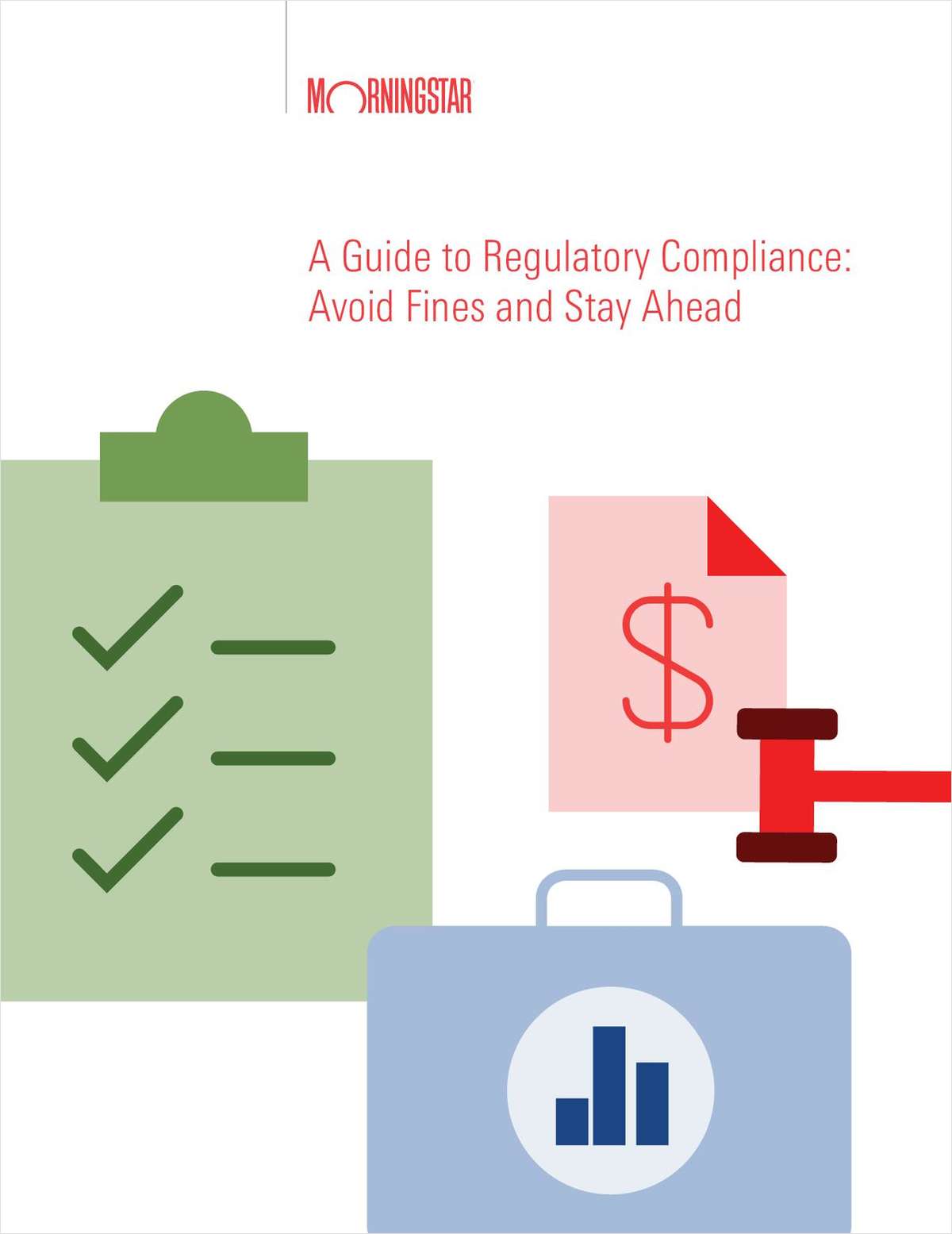A Restorative Approach: Confronting Rape Culture on Campus
A national debate rages between supporters of victims of sexual assault and those accused of sexual assault regarding the proper way to handle claims of sexual misconduct on college campuses.
March 25, 2020 at 01:12 PM
6 minute read
 Since 2011 when the Obama administration heightened requirements for college campuses' handling of sexual misconduct under Title IX (the federal statute that prohibits discrimination based on gender in educational institutions), a national debate has raged between supporters of victims of sexual assault and those accused of sexual assault regarding the proper way to handle claims of sexual misconduct on college campuses.
Since 2011 when the Obama administration heightened requirements for college campuses' handling of sexual misconduct under Title IX (the federal statute that prohibits discrimination based on gender in educational institutions), a national debate has raged between supporters of victims of sexual assault and those accused of sexual assault regarding the proper way to handle claims of sexual misconduct on college campuses.
The heightened requirements were designed to address underreporting of sexual assault on college campuses due to what's commonly referred to as rape culture. Colleges were required to investigate any possible sexual misconduct and to create detailed procedures for handling complaints of sexual misconduct, including investigations, hearings and appeals.
Since 2011 complaints, in large part from female students alleging sexual misconduct (complainants), have dramatically increased, as have complaints filed with the Office of Civil Rights and lawsuits in court by complainants alleging colleges had not adequately followed new federal requirements. In 2016, a wave of litigation by accused male students (respondents) ensued, alleging that colleges deprived them of due process in their sexual misconduct proceedings and favored complaints by females to avoid losing federal funding.
In September 2017, Betsy DeVos rescinded two Obama-era Office for Civil Rights sexual misconduct guidance documents, replacing them with guidance that provided greater procedural protections for accused students until proposed regulations could undergo a notice and comment period.
In November 2018, DeVos issued proposed regulations, which as of today have received more than 130,000 comments. Final regulations are anticipated to be published soon. Meanwhile, colleges continue to be barraged with complaints of sexual misconduct and, increasingly, counter- and cross-complaints by respondents, while litigation from both sides of the debate is increasing.
Most comments to the proposed regulations were negative, claiming that certain provisions could create significant chilling effects on the willingness of those who experience discrimination, harassment and sexual violence to report it to administrators and pursue formal resolution pathways. For examples, the proposed regulations provide a much more limited way in which schools are legally put on notice of sexual misconduct by its students, remove the prohibition on mediation in certain cases, and require live hearings and cross-examination of the complainant by the respondent's attorney. Indeed, while the bulk of the proposed rules broaden due process protections for accused students, they weaken protections for complainants.
Once published, the proposed regulations will likely lead to confusion about implementation and do nothing to reduce the number of complaints filed at colleges, the OCR and courts.
To date, colleges have missed an opportunity to implement an approach that would benefit both sides and create the desired culture change: a restorative justice approach (RJA). As an alternative option to the formal school investigation process, this approach should be considered in the form of an informal process or mediation as permitted by the 2017 OCR guidance, the proposed regulations and already in most college policies.
In the existing RJA models, both sides need to consent to this option (with supportive protections in place) to ensure that neither party feels coerced, and colleges could and generally do retain the right to continue with the formal process in those extreme cases where the college deems it necessary to protect the safety of its community. Typically, this process is confidential, and parties agree not to use any information obtained in this process in any other way, including in the formal process. Concerns about whether to make a statement either in the informal or formal process are the same for those students facing criminal charges. At any time, either party has the right to end the RJA informal process and enter the formal investigation process.
A RJA can take many forms but generally this approach brings together the complainants, the respondents and others harmed by the incident to explore the harm done and work together to repair it, using less traditional criminal processes and more public health approaches. Typically, RJAs provide the complainant the opportunity to tell her story, describe the impact of the harmful behavior and shape the consequences that the respondent could face. The respondent is given the opportunity to listen to the impact of his conduct, accept responsibility, if any, for his part, work collaboratively with everyone to determine how to remedy any harm caused and become a more responsible member of the campus community. This method enables both parties to understand each other's perspectives and each other's roles in the incident, to express compassion and perhaps remorse, and to work with each other to learn skills and behaviors that teach both to avoid situations that can lead to sexual harassment or misconduct.
A RJA allows complainants and respondents to avoid the ripping apart of the social fabric of their college experience and the consequent stigmatization or isolation that can occur when friends of the parties have to choose a side in a traditional investigative model. Likewise, many complainants undergo retraumatization from multiple interviews by unskilled investigators and a lengthy painful process over which they have little control with very little gain. Instead, an RJA helps with healing by putting a victim in control of the process and outcome, as well as providing a more effective way to get respondents to accept responsibility for any misconduct and understand what they did wrong, which could prevent assaults from occurring in the future, which is often a goal of a complainant. This approach often keeps an accused student in school and promotes learning and behavior change rather than the resulting suspension or expulsion from a finding of responsibility for sexual misconduct in the formal process.
Research in both academic and nonacademic settings shows that RJAs have been effective at decreasing recidivism rates and empowering victims. Colleges are uniquely suited to use this approach as RJAs meet their goal of educating students, responding to student needs and strengthening campus communities, all while effecting the very culture change that is the goal of Title IX. Rather than following the traditional formal processes and waiting for the fallout of the proposed regulations and ensuing litigation, colleges should employ restorative justice approaches as an early option for both parties now.
This content has been archived. It is available through our partners, LexisNexis® and Bloomberg Law.
To view this content, please continue to their sites.
Not a Lexis Subscriber?
Subscribe Now
Not a Bloomberg Law Subscriber?
Subscribe Now
NOT FOR REPRINT
© 2025 ALM Global, LLC, All Rights Reserved. Request academic re-use from www.copyright.com. All other uses, submit a request to [email protected]. For more information visit Asset & Logo Licensing.
You Might Like
View All
ADVANCE Act Offers Conn. Opportunity to Enhance Carbon-Free Energy and Improve Reliability With Advanced Nuclear Technologies

Trending Stories
- 1The Appropriate Exemption in Students for Fair Admissions v. President & Fellows of Harvard College
- 2DOJ, 10 State AGs File Amended Antitrust Complaint Against RealPage and Big Landlords
- 3New Partners at Cummings & Lockwood, Carmody Torrance Sandak & Hennessey
- 4'Extra Government'?: NY Top Court Eyes Ethics Commission's Constitutionality
- 5South Texas College of Law Houston Selects New Dean
Who Got The Work
Michael G. Bongiorno, Andrew Scott Dulberg and Elizabeth E. Driscoll from Wilmer Cutler Pickering Hale and Dorr have stepped in to represent Symbotic Inc., an A.I.-enabled technology platform that focuses on increasing supply chain efficiency, and other defendants in a pending shareholder derivative lawsuit. The case, filed Oct. 2 in Massachusetts District Court by the Brown Law Firm on behalf of Stephen Austen, accuses certain officers and directors of misleading investors in regard to Symbotic's potential for margin growth by failing to disclose that the company was not equipped to timely deploy its systems or manage expenses through project delays. The case, assigned to U.S. District Judge Nathaniel M. Gorton, is 1:24-cv-12522, Austen v. Cohen et al.
Who Got The Work
Edmund Polubinski and Marie Killmond of Davis Polk & Wardwell have entered appearances for data platform software development company MongoDB and other defendants in a pending shareholder derivative lawsuit. The action, filed Oct. 7 in New York Southern District Court by the Brown Law Firm, accuses the company's directors and/or officers of falsely expressing confidence in the company’s restructuring of its sales incentive plan and downplaying the severity of decreases in its upfront commitments. The case is 1:24-cv-07594, Roy v. Ittycheria et al.
Who Got The Work
Amy O. Bruchs and Kurt F. Ellison of Michael Best & Friedrich have entered appearances for Epic Systems Corp. in a pending employment discrimination lawsuit. The suit was filed Sept. 7 in Wisconsin Western District Court by Levine Eisberner LLC and Siri & Glimstad on behalf of a project manager who claims that he was wrongfully terminated after applying for a religious exemption to the defendant's COVID-19 vaccine mandate. The case, assigned to U.S. Magistrate Judge Anita Marie Boor, is 3:24-cv-00630, Secker, Nathan v. Epic Systems Corporation.
Who Got The Work
David X. Sullivan, Thomas J. Finn and Gregory A. Hall from McCarter & English have entered appearances for Sunrun Installation Services in a pending civil rights lawsuit. The complaint was filed Sept. 4 in Connecticut District Court by attorney Robert M. Berke on behalf of former employee George Edward Steins, who was arrested and charged with employing an unregistered home improvement salesperson. The complaint alleges that had Sunrun informed the Connecticut Department of Consumer Protection that the plaintiff's employment had ended in 2017 and that he no longer held Sunrun's home improvement contractor license, he would not have been hit with charges, which were dismissed in May 2024. The case, assigned to U.S. District Judge Jeffrey A. Meyer, is 3:24-cv-01423, Steins v. Sunrun, Inc. et al.
Who Got The Work
Greenberg Traurig shareholder Joshua L. Raskin has entered an appearance for boohoo.com UK Ltd. in a pending patent infringement lawsuit. The suit, filed Sept. 3 in Texas Eastern District Court by Rozier Hardt McDonough on behalf of Alto Dynamics, asserts five patents related to an online shopping platform. The case, assigned to U.S. District Judge Rodney Gilstrap, is 2:24-cv-00719, Alto Dynamics, LLC v. boohoo.com UK Limited.
Featured Firms
Law Offices of Gary Martin Hays & Associates, P.C.
(470) 294-1674
Law Offices of Mark E. Salomone
(857) 444-6468
Smith & Hassler
(713) 739-1250












